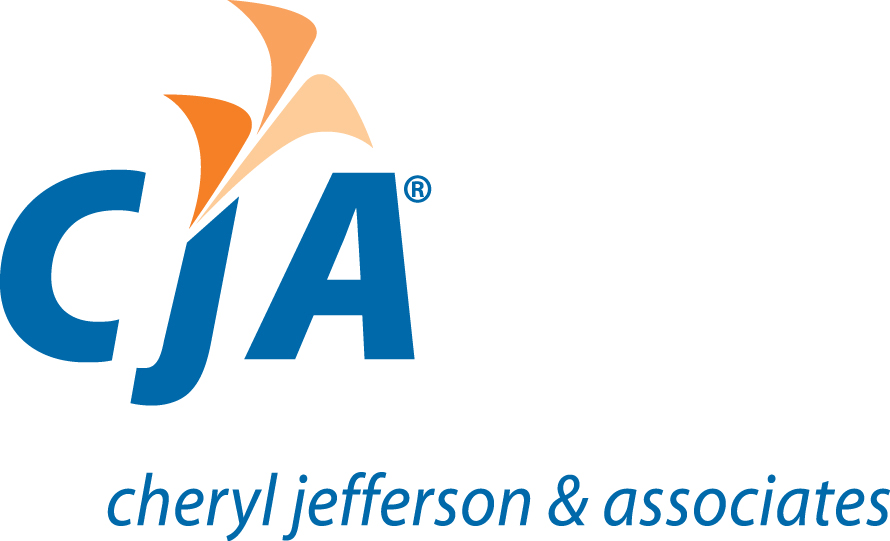New Revenue Recognition Standards Are Now REAL
For nonpublic companies, the new revenue recognition standards that the Financial Accounting Standards Board (FASB) implemented are now a reality. FASB 606, Revenue from Contracts with Customers, is effective for fiscal years beginning January 1, 2019 for nonpublic companies. The change was the result of a convergence between US Generally Accepted Accounting Principles (GAAP) and International Financial Reporting Standards (IFRS).
The key point of the new standard is that the company recognizes revenue upon the transfer of promised goods/services to customers in an amount representative of the consideration expected to be “entitled” in exchange for those goods or services. The transfer of CONTROL of the good or service is a core concept here.
The 5-Steps
A 5-step approach to this requires you to understand the performance obligations on your contracts and the price to assign to each.
Step 1 Identify the contract(s) with a customer.
Step 2 Identify the performance obligations in the contract.
Step 3 Determine the transaction price.
Step 4 Allocate the transaction price to the performance obligations in the contract.
Step 5 Recognize revenue when (or as) the entity satisfies a performance obligation
What is a contract?
A contract is an agreement between two or more parties. It does not have to be in writing. It has enforceable rights and obligations. Entities should apply Step 1 to any contract that has payment terms and commercial substance. The entity will likely collect consideration that it is entitled to when it exchanges the goods or services to the customer.
What is a Performance Obligation?
Per FASB, a performance obligation is a promise in a contract with a customer to transfer goods or services. The entity should consider each distinct good/service as a separate performance obligation. It is distinct if the customer can benefit from the good or service on its own (or with readily available resources) and the promise to transfer is separately identifiable from other promises in the contract.
What is the transaction price?
The transaction price is the amount that the entity expects to receive in the exchange. The entity has to consider if contract consideration is variable, financing components, noncash consideration, and paybacks to the customer in determining the transaction price.
How Do I Allocate the Price to the Performance Obligations?
If the entity has more than one performance obligation, the entity allocates price based on how much the entity would be entitled to in exchange for satisfying each performance obligation. A good approach is to start with the performance obligations that are distinct and have a standalone price. You then allocate the remaining price based on estimates of what the stand-alone prices would be for the remaining performance obligations. You allocate contract modifications in the same manner as the original contract.
When do I recognize revenue?
As stated in the opening, the entity will recognize revenue when it satisfies a performance obligation by transferring control of the good or service. The entity has to determine if it is satisfying performance obligations over time by transferring control over time. Otherwise, the performance obligation is satisfied at a point in time and the entity recognizes revenue at that point.
The transfer of control of goods and services over time occurs if one of the following happens:
The customer simultaneously receives and consumes the benefits as the entity performs (i.e. monitoring cybersecurity threats)
The performance by the entity creates or enhances an asset that the customer controls as the asset is being created or enhanced (i.e. modernization)
The performance does not create an asset with an alternative use and the entity has a right to payment for the performance completed to date (i.e. research & development)
When a performance obligation is satisfied at a point in time, the entity should consider several indicators of the transfer of control. They should consider the right to payment, transfer of legal title, transfer of possession, risk/rewards of ownership, and acceptance of delivery.
The Need for More Disclosures
The new standard also brings changes to financial statement disclosures. Entities will have to disclose not only revenue recognized from contracts with customers, but also the disaggregation of revenue into appropriate categories. Accountants will have to present the opening and closing balances of receivables, contract assets (unbilled), and contract liabilities (billings in excess). The financial statements will have to include information about performance obligations and the allocation of the transaction price to the remaining performance obligations. Lastly, the entity will need disclosures about significant judgments and changes in judgment with regards to satisfying performance obligations and determining transaction price.
The new revenue recognition standards may sound like a lot, but for many companies, not much will change with how they recognize revenue. A good CPA can help assess whether you need to make changes your current processes for recognizing revenue in order to comply with GAAP.
Contributed by Cheryl Jefferson Cooke, CPA|CFF, CFE

